On the back of the success of their pre-built keyboards, KiiBOOM is venturing into offering barebone keyboard kits. And even better, the keyboard case is now made from aluminium. The new KiiBOOM Moonshadow 81 is an aluminium barebones keyboard kit supporting QMK/VIA which retails for US$199.
Unboxing
Below is what you will receive in the EPOMAKER EK75 Kit:
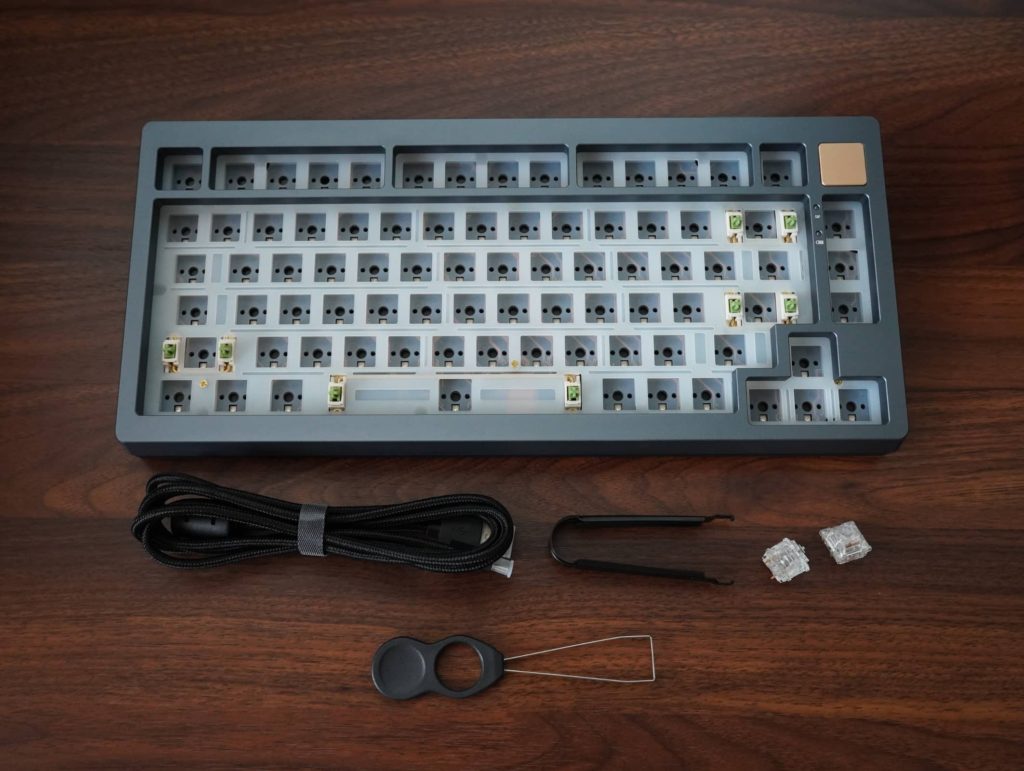
- KiiBOOM Moonshadow 81 case
- Hotswap PCB
- PC plate
- Silicon mid-plate layer
- USB-C to USB-A braided cable
- Screw-in stabilisers
- Keycap puller
- Switch puller
Build quality and design
The KiiBOOM Moonshadow 81 comes in four colour options – (1) grey, (2) white, (3) purple, and (4) green. The unit I have is the ‘grey’ colour, which is on darker shade of grey with a blue undertone to it. The anodization quality is pretty good.
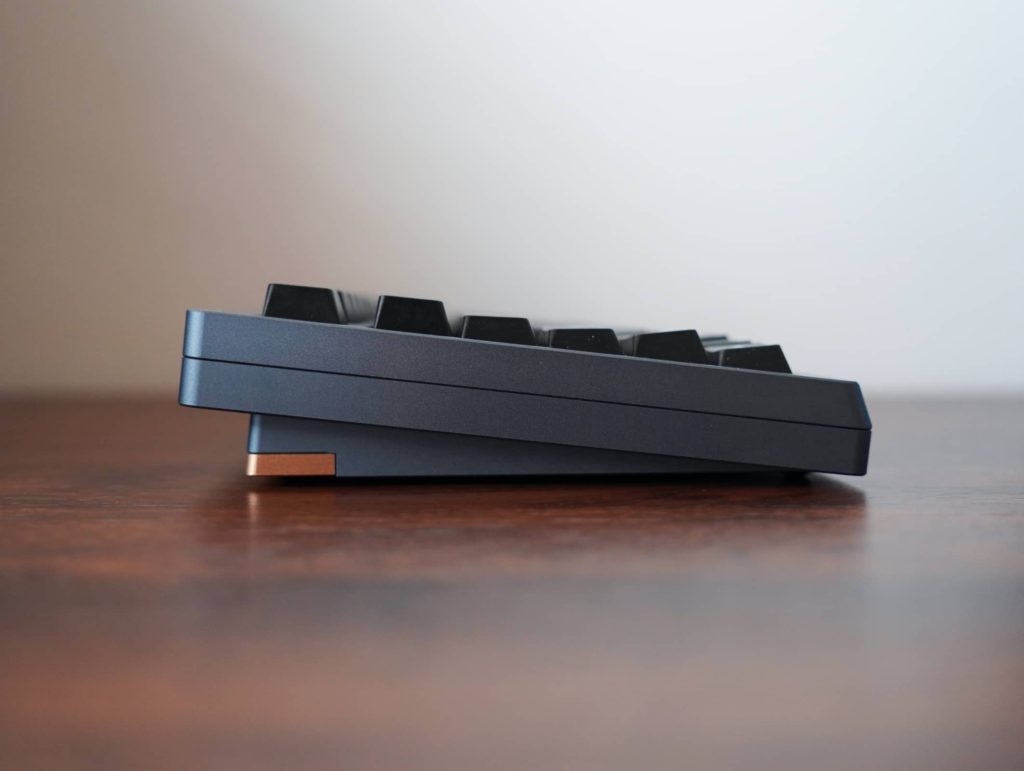
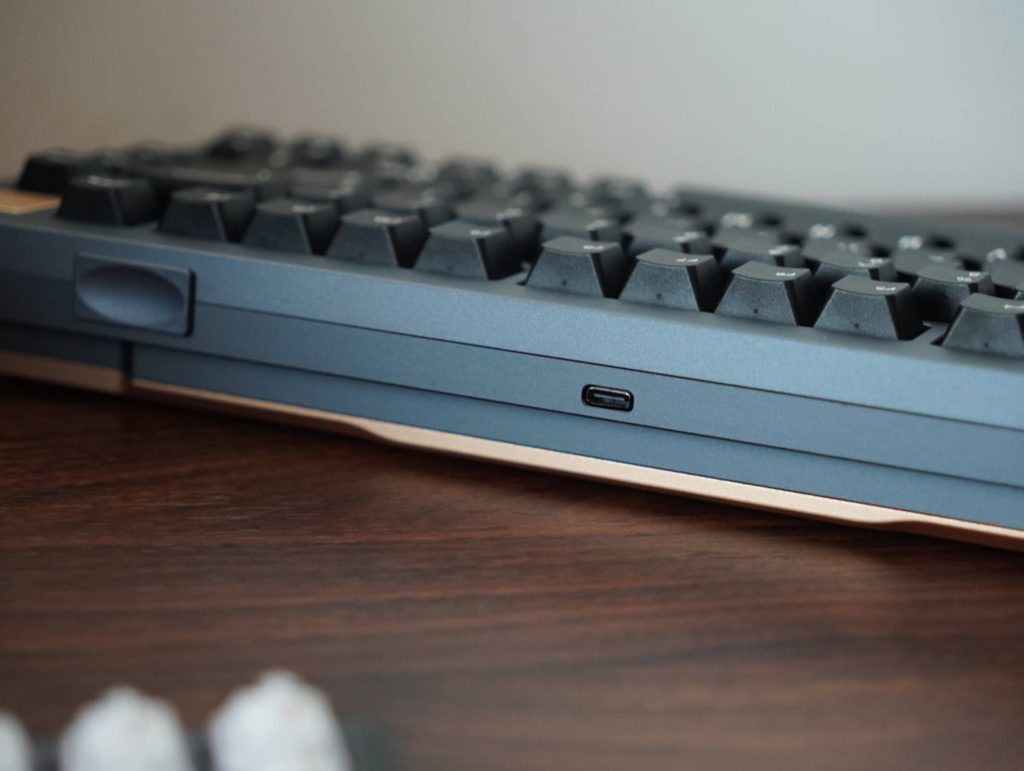
As for design, the KiiBOOM Moonshadow 81 has a two-piece style stacked on a angled wedge. This design makes the keyboard easy to carry as the sides have a natural handles of sorts to hold. The seams between the top and bottom case are quite consistent as well. Perhaps an interesting element of the KiiBOOM Moonshadow 81 is its screw-less design due to its use of the ‘mortise and tenon’ technique.
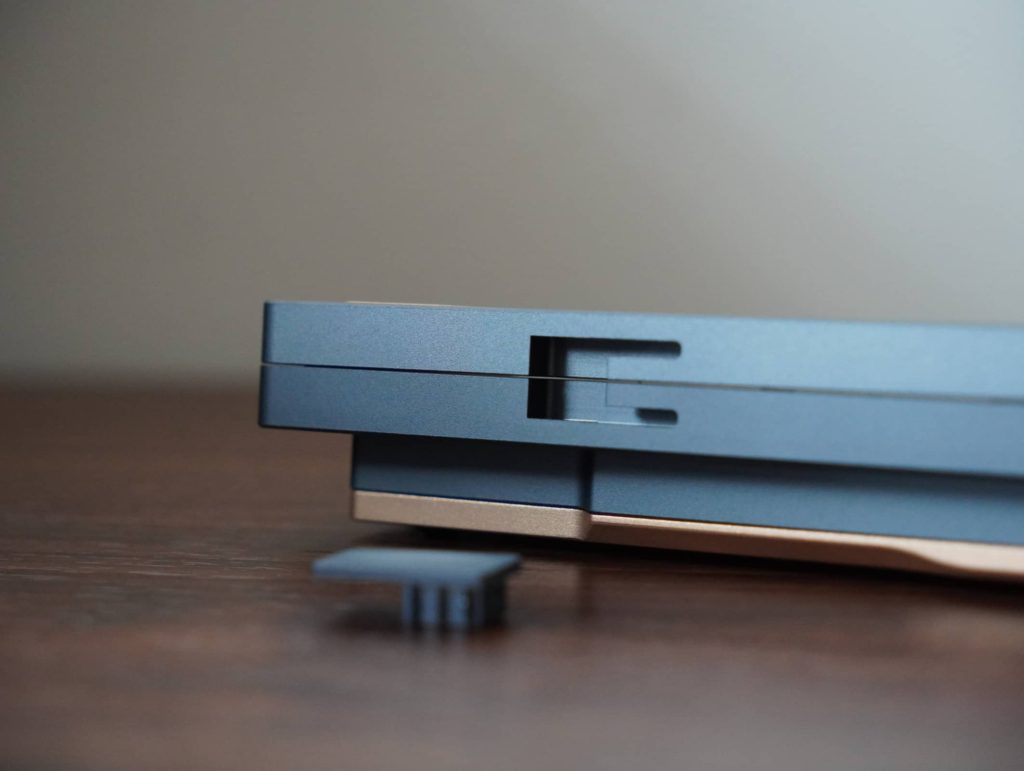
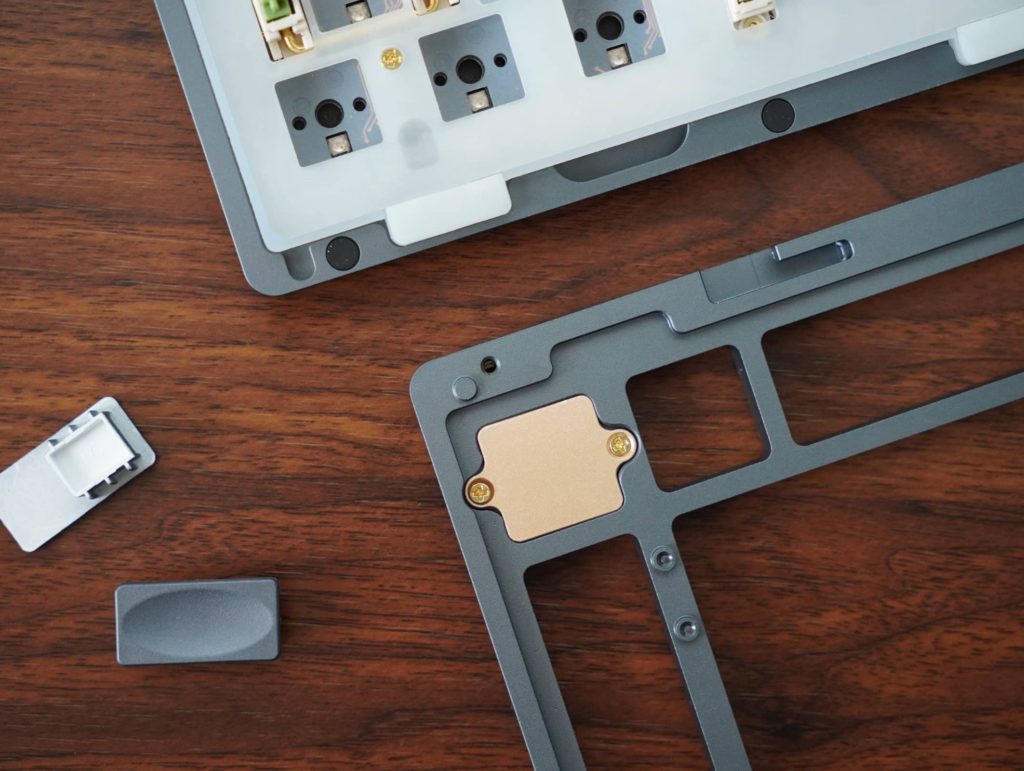
The top and bottom case is held together by this mechanism, which is locked by the two plastic tabs at the front of the KiiBOOM Moonshadow 81. It would have been better if they were made of aluminium as well. If you can’t seem to open the case, you can refer to the video below. You have push the top case upwards first to release the latch.
There is enough height on the bottom case such that Cherry profile keycaps mounts neatly recessed, and do not end up floating (which usually cheapens the look). Flipping the board over, you have gold anodized weight on top half portion which matches the badge colour. You have a large KiiBOOM branding on the weight as well.
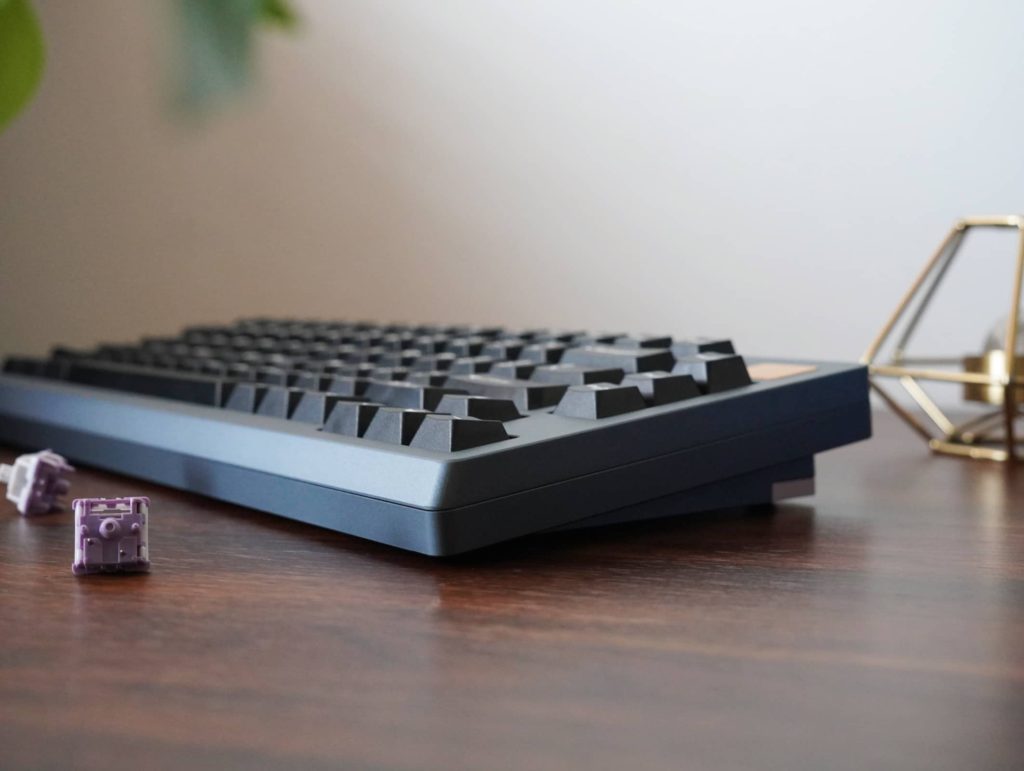
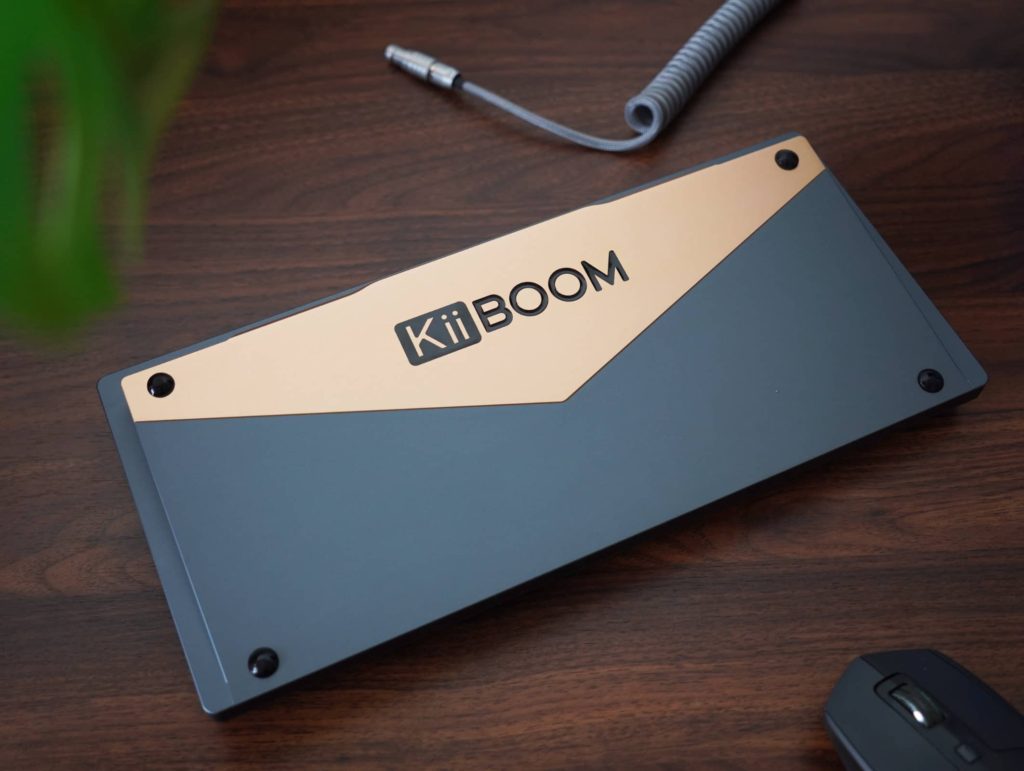
The board comes in at about 1.8kg when fully assembled. Aluminium used on the KiiBOOM Moonshadow 81 feels quite good too, I’ve felt better but I’d say this is acceptable at this price point. There’s isn’t much pinging heard when knocking it, which is good.
Build experience
The gasket mount advertised by KiiBOOM follows the same implementation as on the Phantom 81 V2. The gaskets used is not the typical gasket pads or socks, instead the gasket is an entire layer of silicon sheet which the PCB & plate assembly sits on it. The gasket tabs are pre-formed on the silicon sheet, and is reinforced when the PC plate locks into it. The order of how the components stack are: PCB, silicon sheet, and PC on the top.
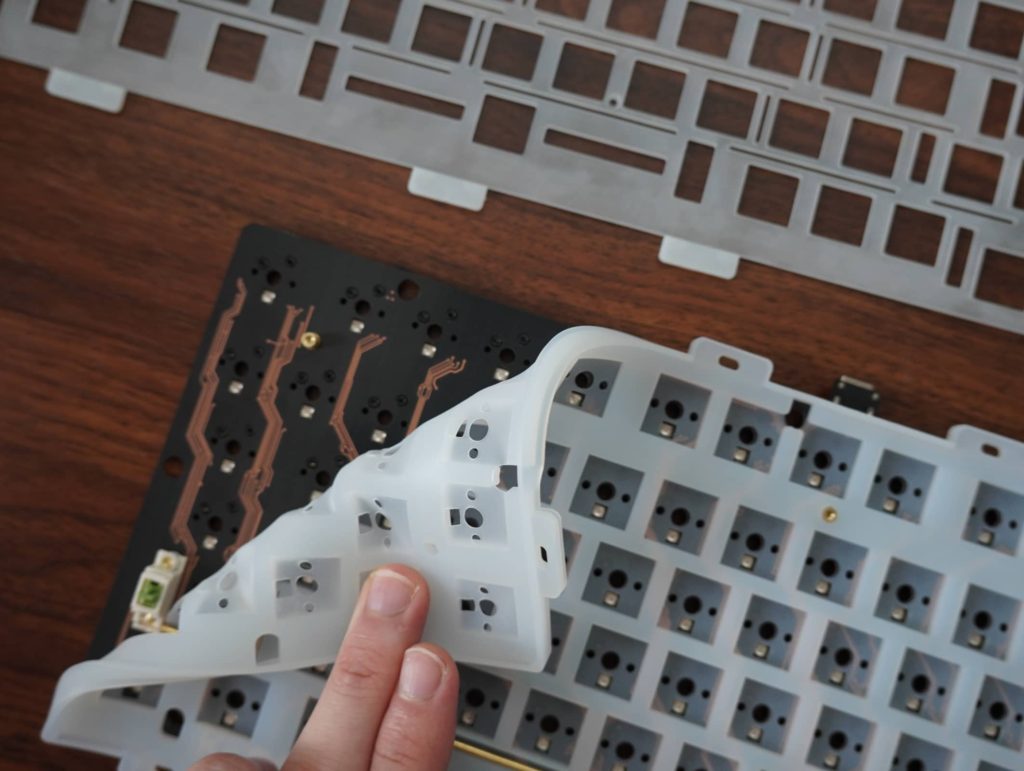

The silicon sheet also act as a layer thin silicon layer over the PCB. This means that your switches need to be installed over the silicon sheet. As the silicon sheet is a mandatory component in the overall build of the Moonshadow 81, you are kinda forced to install your switches over a layer of silicon. You can always cut out the silicon portions covering the PCB but it is just extra work that is irreversible.
One last thing to note is that the there is no daughterboard. The USB-C port is soldered directly on the PCB.
Typing acoustics & feel
The PC plate in the Moonshadow 81 has tons of flex cuts. This in combination with the silicon gasket implementation offers a consistent amount of flex across the whole board. I built the Moonshadow 81 with KiiBOOM’s Taro Cream Milk tactile switches along with GMK White on Black keycaps made from ABS plastic.
The sound profile again has some marbly undertones to it, likely contributed by the silicon layer between the PCB. Acoustics still retain quite some volume as the PCB does not have any flex cuts. The clack sound from the Taro Cream Milk tactile switches is rounded out to have more low end to it. I’d say the acoustic output is quite similar to the Phantom 81 V2, but the Moonshadow 81 offers a more layered sound due to its aluminium build.
VIA support
KiiBOOM says the Moonshadow 81 supports VIA, but it is not an official support. In order to get the customise keys on VIA, you have to you’ll have to load the .json file to get VIA to recognise the keyboard.
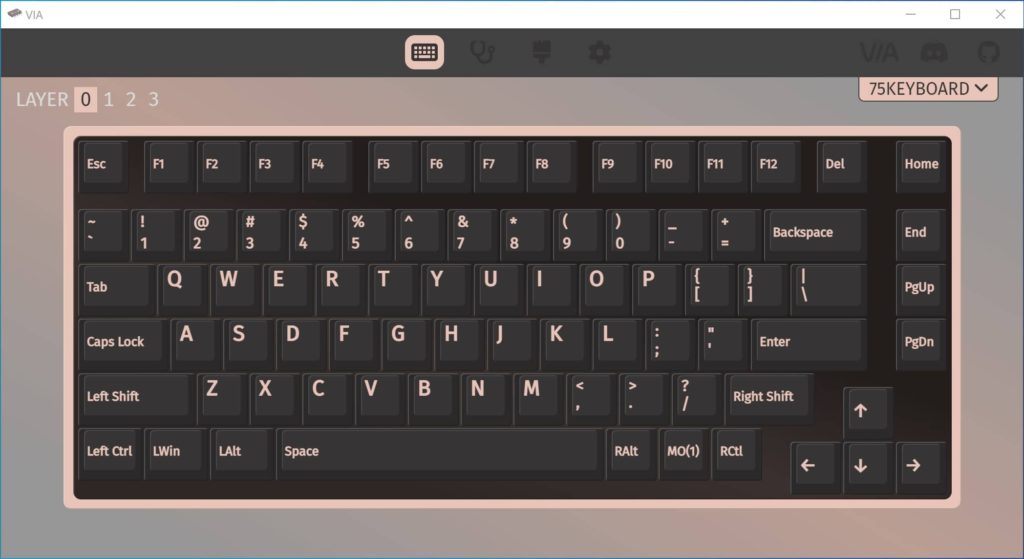
You will likely have to enable the ‘Design’ tab and toggle on the ‘Use V2 Definition’ for the .json file to load successfully.
Conclusion
The KiiBOOM Moonshadow 81 is essentially a levelled up Phantom 81 V2, clothed in a full aluminium build. The build quality is there, has seamless screw-less buil, sounds full, but maybe might lack variety due to the forceful use a silicon layer between the PCB. It’s no doubt that the quality is there, likely better than other budget options like from Keychron. At US$199, the KiiBOOM Moonshadow 81 has some competition in a market where we are seeing more boards trending towards better but cheaper.

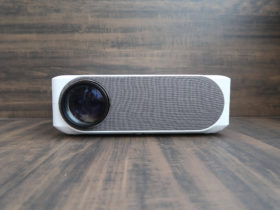
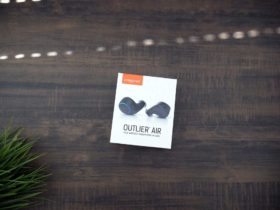
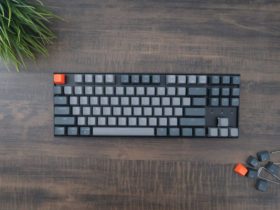
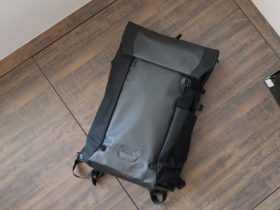
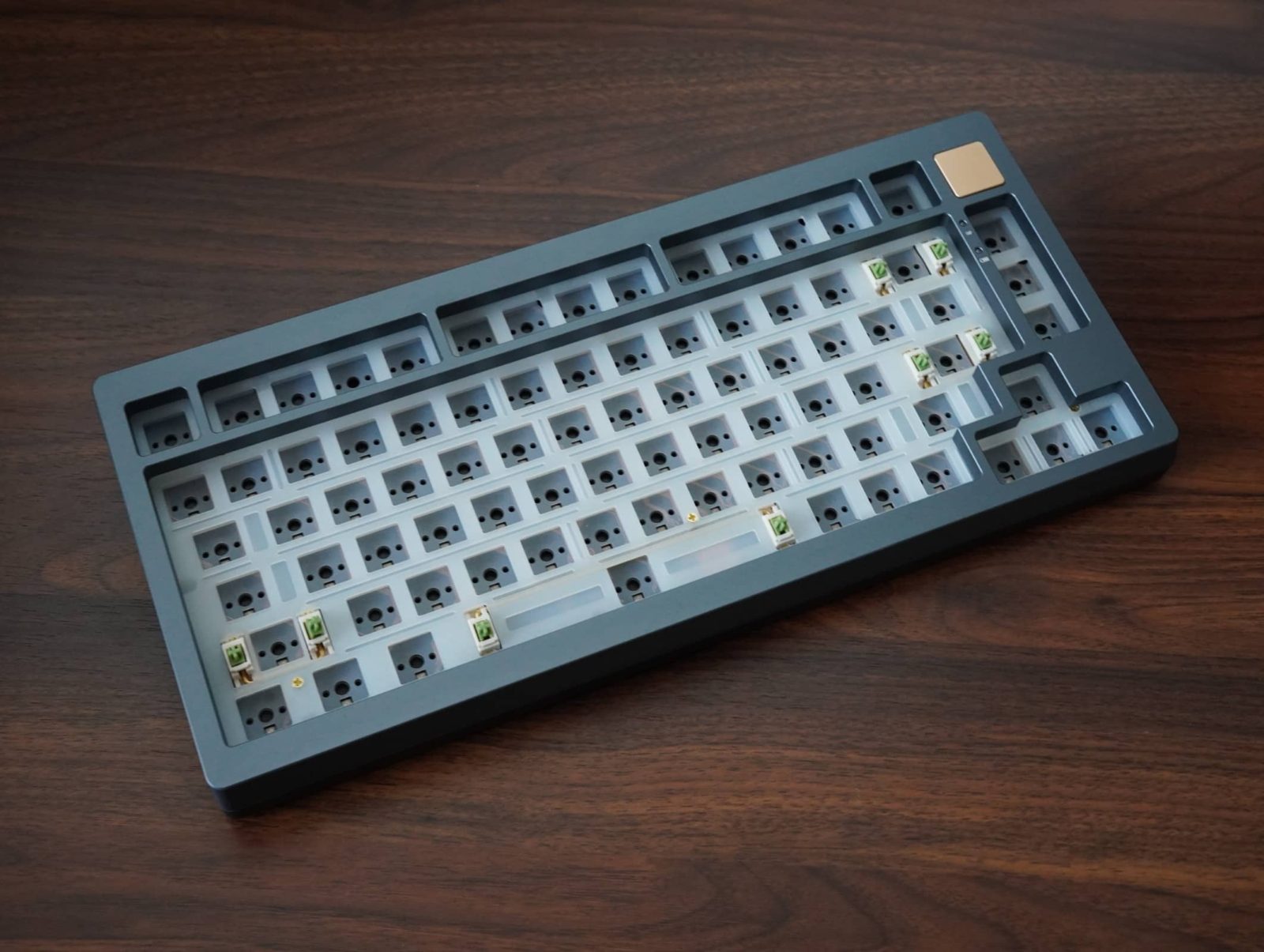








Leave a Reply